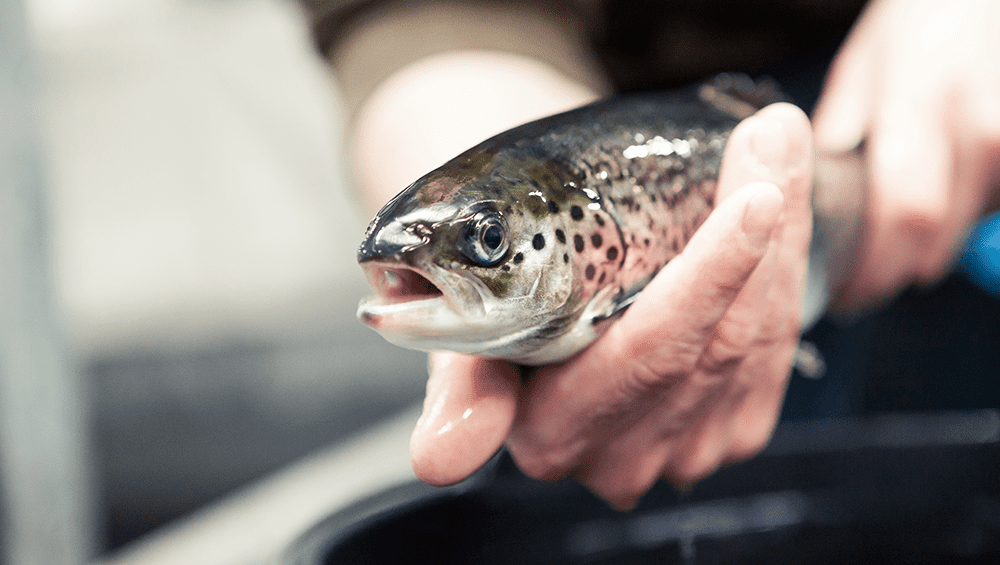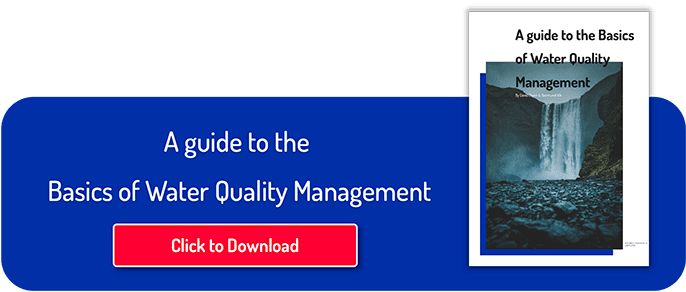
According to the Norwegian veterinary institute the public data regarding fish mortalities in the past has been of varying quality. However, registration of mortality issues is now mandatory, and data and quality reporting are anticipated to be better in the coming years. The veterinary institute states that welfare and mortality in the first part of the fish’s life have received little attention compared to the sea phase. This is even though the mortality rate in hatchery facilities can be higher than in the sea phase.
Acute mortality vs. gradual loss
There is furthermore a need for a distinction between acute mortality events and attrition attributable to weak fish, disease, inappropriate fish husbandry or a poor growing environment. A poor growing environment on land-based facilities could include a poor fish tank design or water treatment components that lead to bad water quality. An acute mortality incident in land-based fish farming is easily recognisable by fish beginning to die in numbers that are too great for the fish tanks to handle. This leads to blocked outlets, which affects the hydraulics of the fish tank. The in-tank water quality conditions deteriorate due to poor flow and a negative feedback loop occurs with the result being an out-of-control fish mortality. Often the reasons for acute mortality are discovered to be things like poor fish husbandry, ozone poisoning, gas oversaturation, toxic hydrogen sulphide (H2S) releases, technical issues like power outages and failure of emergency power, or actions that are caused by sensors that are incorrectly calibrated or placed in the wrong location.
H2S gas has been identified in several cases the past few years for causing acute mortality in RAS farms. The common denominator is mortality happening quickly and dramatically. Often the facility’s monitoring and emergency response system was not sufficiently prepared. And often the data required to determine the exact root cause of the issue is lacking, meaning the heart of the issue is often not really solved.
While less dramatic and stressful, the gradual attrition upon a fish population is also often a topic of discussion on the land-based fish farm. Is the current mortality level a problem? Is it just attrition of weak fish? Is it inappropriate fish husbandry or disease causing the problem? Is there a root cause that could solve the issue? Within the scope of the farm manager’s day, good fish husbandry and biosecurity protocols should be maintained. The farm manager should also strive for optimal water quality for the fish. Water should have the correct gas profile; safe levels of toxic components and particles should be managed.
Additionally, the farm manager ought to maintain correct measurements and reporting systems to document how the fish farm systems are functioning. This is important not only for incidences of acute mortality, but also essential to aid a veterinarian or health laboratory to identify the source of a disease. Alternatively for the farm manager themselves to detect the root cause of poor water quality.
The top 4 causes of excess mortalities on land-based fish farms are:
- Poor fish husbandry, such as handling and/or equipment causing direct mortality, wounds, abrasion damage. Alternatively inappropriate feeding or stocking rates.
- Poor water quality and in worst case toxic components in the water.
- Technical issues, poor maintenance, equipment design and monitoring causing issues leading to poor water quality and/or damage to the fish.
- Disease
Please note these causes are not ranked.
Central to these top causes of mortality on land-based fish farming is water quality monitoring. If the water quality monitoring system is designed correctly, it can alert to poor fish husbandry (e.g., over-feeding), alert to toxic compounds in water, and indicate technical issues on the farm (e.g., poor performing mechanical filtration). While water quality monitoring may not measure disease directly, correctly recorded data is essential to aid a veterinarian or health laboratory to identify the source of a disease.
Water quality monitoring systems
However, water quality monitoring systems can only provide the correct alerts in a timely fashion if they are designed correctly. When designing a water monitoring system, a mix of skills are required. Local knowledge of how the given land-based fish farm works and background of land-based fish farm engineering are critical to understand what and where issues can occur. Biological and chemistry knowledge is especially important when recycling water on the fish farm.
There is an ocean of suppliers of water quality analysers and sensors, both centralised and de-centralised on the market. But if these sensors are located incorrectly, managed incorrectly, or are simply not designed correctly for the field of fish farming, then they can provide a false sense of security and/or not provide the required information. Knowledge is one of the keywords when it comes to understanding the complex water chemistry and biology on land-based fish farms, and particularly farms that recycle water to some degree. If the fish farm doesn’t have the right skilled personnel, the knowledge can be hired from companies offering these services. Often it is good to have another set of objective eyes visiting and helping to evaluate the fish farm.
Conclusion
One thing we are sure of is that the fish farm operators have the best intentions for making their systems and routines better to keep fish healthy. Every year we see more and larger investments with the aim to make the fish’s growing environment and life better.

